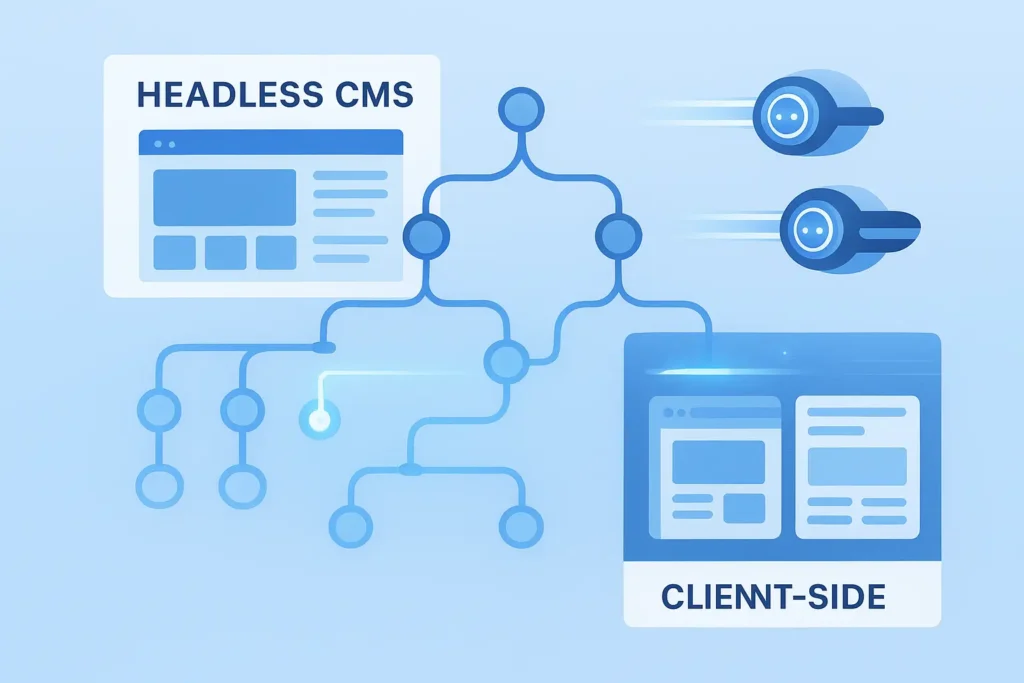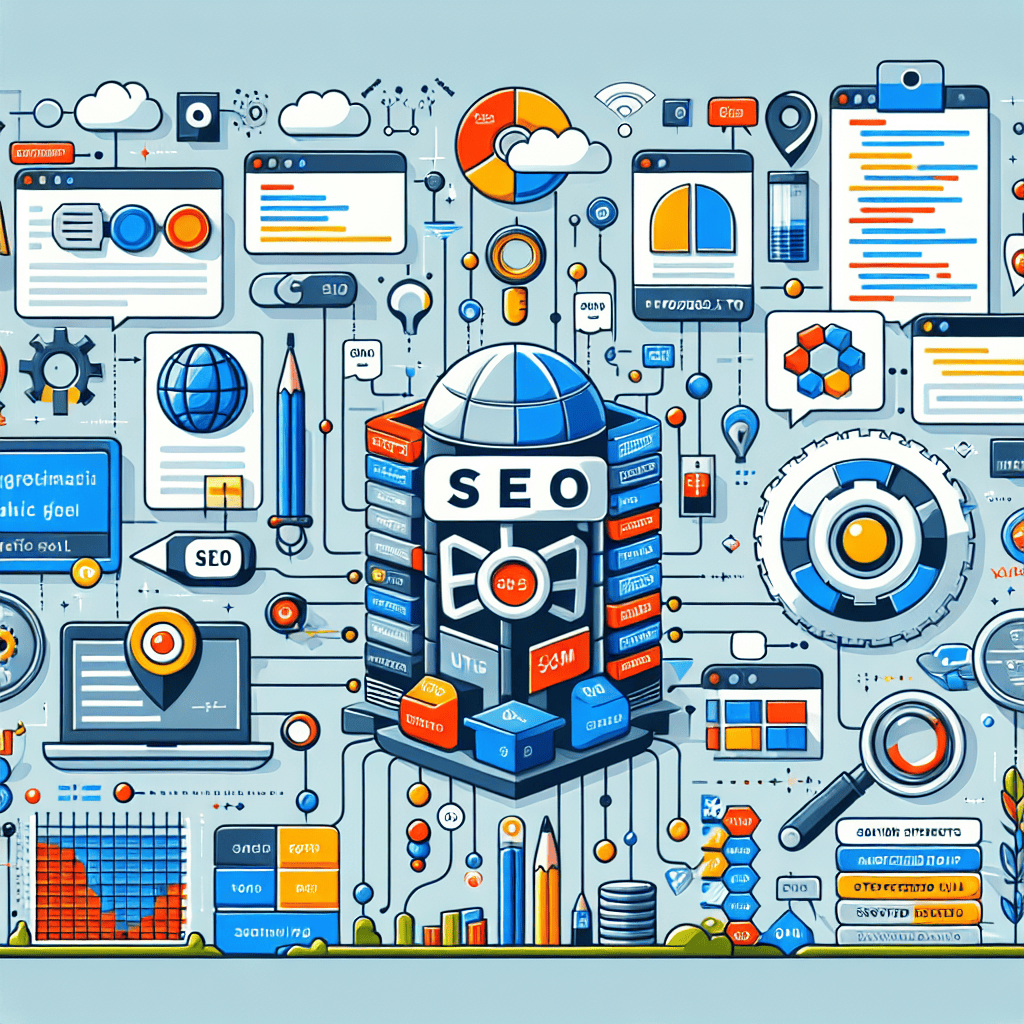Hybrid headless CMS architectures have become a popular choice for businesses looking to scale their digital presence. They combine the flexibility of headless systems with the familiar presentation layers of traditional CMS platforms. However, while these setups offer versatility, they often create significant challenges for search engine crawling and indexing. If left unaddressed, these crawl inefficiencies can slow down discovery, impact rankings, and dilute organic performance.
This article explores how hybrid headless CMS setups introduce crawl inefficiencies, why they matter, and how to fix them with practical solutions.
Understanding Crawl Inefficiencies in Hybrid Headless CMS
A hybrid headless CMS typically powers content delivery through APIs, serving structured data to various front-end channels. While efficient for omnichannel publishing, this model can complicate how search engines interpret and navigate content.
The inefficiencies usually arise from:
- Duplicate URL patterns: Content may be accessible through multiple routes due to legacy templates combined with API-driven outputs.
- Rendering delays: Client-side rendering can cause crawl budget waste when bots struggle to parse JavaScript-heavy pages.
- Fragmented sitemaps: Different publishing layers sometimes generate inconsistent XML sitemaps that confuse crawlers.
- Thin or incomplete pages: If APIs are misconfigured, bots may crawl pages missing crucial metadata or structured elements.
For enterprise websites, these inefficiencies are magnified. Search engines allocate crawl budgets based on domain authority and perceived importance. Wasted crawls on duplicates, incomplete pages, or dead ends means valuable pages go undiscovered.
Why Crawl Efficiency Matters More Than Ever
Google’s shift toward prioritizing quality, freshness, and efficiency means that crawl budget is no longer just a technical concern—it’s directly tied to visibility. Sites with crawl inefficiencies experience:
- Delayed indexing of new content
- Reduced discoverability of deep pages
- Weakened sitewide authority signals
In hybrid CMS setups, where thousands of dynamic endpoints may exist, the risk is higher. Ensuring bots can reach, understand, and prioritize the right content is critical for sustainable organic growth.
Strategies to Mitigate Crawl Inefficiencies
Addressing crawl inefficiencies in hybrid headless environments requires a layered approach. Below are the most impactful strategies:
1. Optimize Rendering Strategy
- Prefer server-side rendering (SSR) or static site generation (SSG) for primary content pages.
- Reserve client-side rendering for interactive components that don’t need to be indexed.
- Use dynamic rendering only as a fallback for complex scripts that bots struggle with.
2. Consolidate and Control URLs
- Implement strict canonical tags to signal the preferred version of each page.
- Avoid generating multiple paths for the same content through legacy and API routes.
- Use robots.txt to block unnecessary duplicate routes, API endpoints, or testing environments.
3. Build Accurate and Unified XML Sitemaps
- Generate sitemaps from the headless API, ensuring all important URLs are included.
- Segment large sitemaps into categories (e.g., blog, product, resources) for clarity.
- Regularly validate sitemap entries against live responses to avoid 404s or redirects.
4. Strengthen Internal Linking
- Use static navigation menus and contextual links to guide bots deeper into the site.
- Avoid over-reliance on JavaScript-based links that bots may ignore.
- Ensure that important content is no more than 3 clicks from the homepage.
5. Leverage Crawl Monitoring Tools
- Monitor crawl logs to identify patterns of wasted budget.
- Track crawl frequency and indexing rates to spot inefficiencies early.
- Adjust architecture and rules based on real data instead of assumptions.
The Balance Between Flexibility and SEO Health
The true value of hybrid headless CMS setups lies in their flexibility. But without careful management, that flexibility introduces noise into how search engines navigate the site. Businesses must recognize that every inefficiency compounds over time, limiting organic potential.
By tightening technical foundations—rendering, sitemaps, internal linking, and crawl directives—organizations can have both: the freedom of hybrid architectures and the discoverability that fuels SEO performance.
Final Thoughts
Hybrid headless CMS architectures don’t have to be a crawl nightmare. With deliberate technical SEO practices, you can eliminate inefficiencies, preserve crawl budget, and ensure your content ecosystem scales without bottlenecks.
If you’re struggling with crawl issues in your CMS setup, visit SEO Sets to explore advanced solutions designed to keep your content both flexible and fully discoverable.
FAQs
1. What causes crawl inefficiencies in hybrid headless CMS setups?
They usually come from duplicate URLs, JavaScript-heavy rendering, fragmented sitemaps, and incomplete API-driven pages.
2. How can rendering strategy improve crawl efficiency?
Using server-side rendering or static site generation ensures that search engines receive fully rendered content without wasting crawl budget on parsing JavaScript.
3. Are XML sitemaps still important in a hybrid CMS?
Yes. Unified and accurate XML sitemaps guide bots to essential URLs and prevent wasted crawls on duplicate or low-value pages.
4. How do I know if crawl inefficiencies are hurting my site?
Check crawl logs, monitor indexing speed, and look for patterns of duplicate or thin pages being crawled frequently.
5. Can hybrid CMS setups be fully SEO-friendly?
Absolutely. With the right rendering, URL governance, sitemaps, and crawl monitoring, hybrid architectures can balance flexibility with SEO health.


